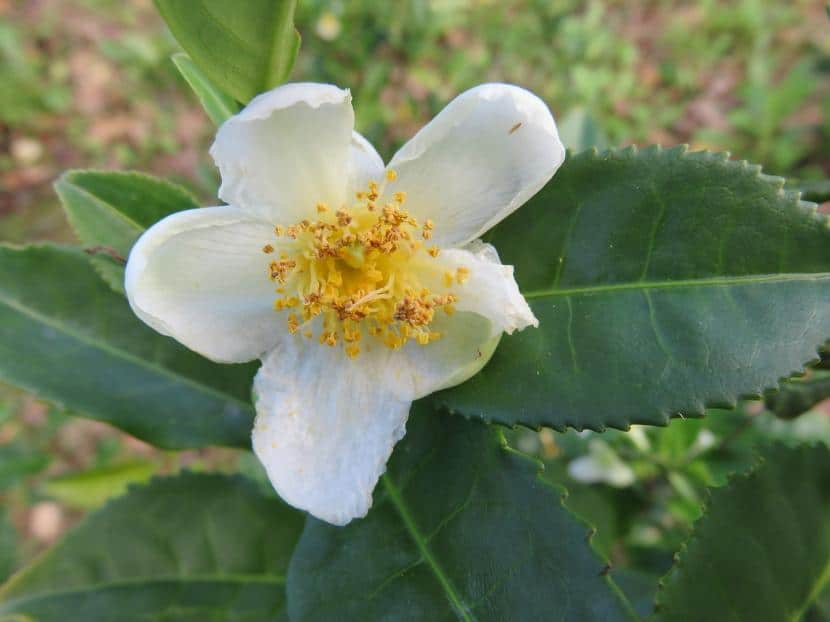
There are many people who like to take an infusion in the early morning in order to hydrate themselves and, at the same time, strengthen the body to avoid diseases that harm our health. Although the simplest and fastest thing is to buy the bags that are already prepared, there is nothing like protecting ourselves by growing our own food, and that includes teas.
Do you want to know how to grow the red tea plant?

Tea is extracted from the bush Camellia sinensiswhich is a species native to China and widely cultivated throughout the warm-temperate regions of the world. However, red tea cannot be said to be extracted from any particular part of the plant, as it is actually a modified green tea.. You may not like the word “modified” very much, but don’t worry: to do this, all they do is fill some barrels (those wooden cubes used in wine cellars) with green tea, and add some selected bacteria –Streptomyces bacillaris generally- to ferment it.
Thus, to know how to grow the red tea plant, we have to talk about what Camellia needs to be able to live properly.

This is a rather small plant that reaches about two meters in height, something that makes it perfect for have in small gardens and even to have in planters big. It likes semi-shaded exposures, but it can give direct sun for a few hours if the climate is rather mild without extreme temperatures. Like most plants of Asian origin, it requires soil and irrigation water with a low pH (between 4 and 6), because if it were high it would suffer from chlorosis. During the growing season, that is, from early spring to autumn, it should be watered two-three times a week and fertilized with an organic compost from time to time.
And if you want to get your own little plants, Sow the seeds in the fall in a mixture of 40% volcanic clay, 40% river sand and 10% white peat. In a few months they will germinate.
